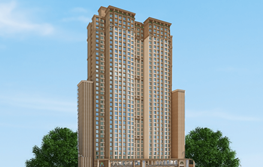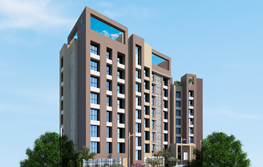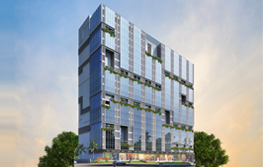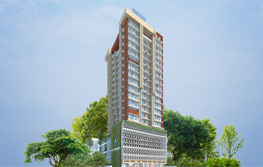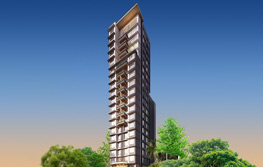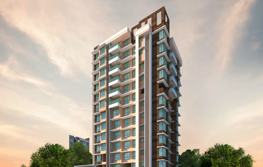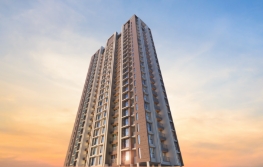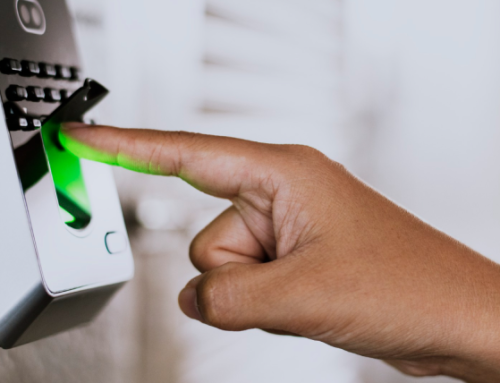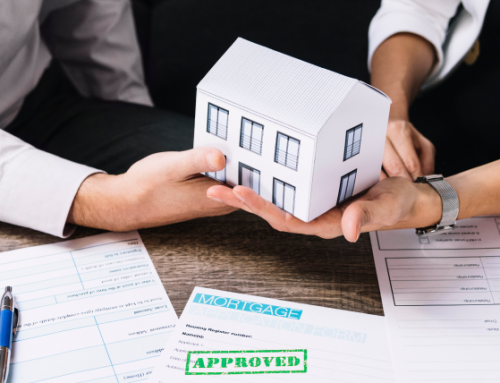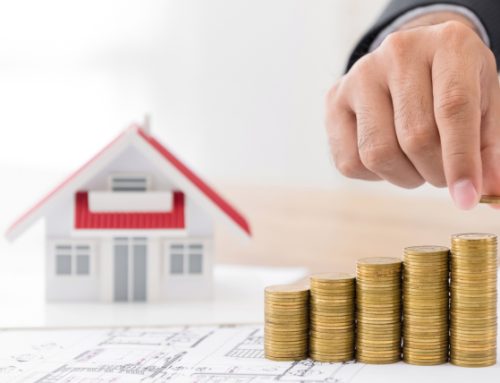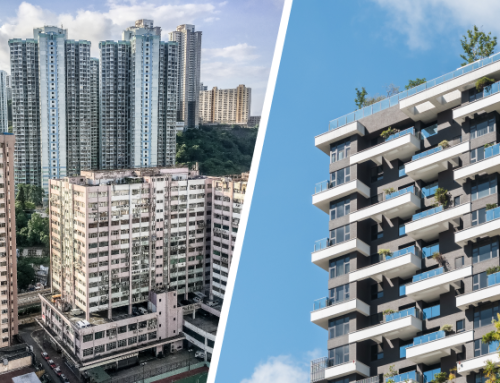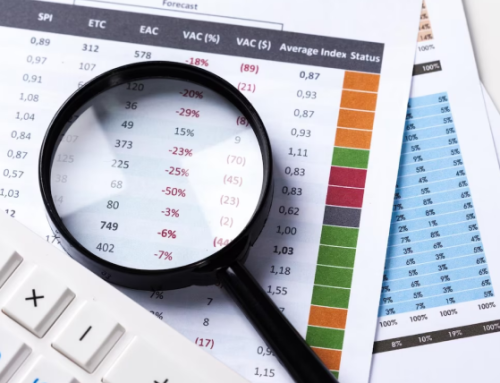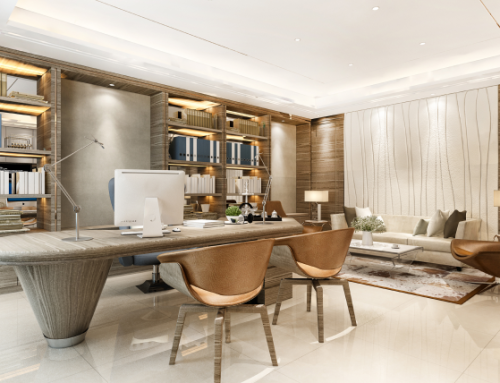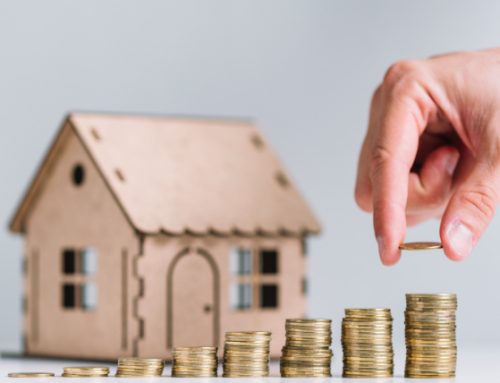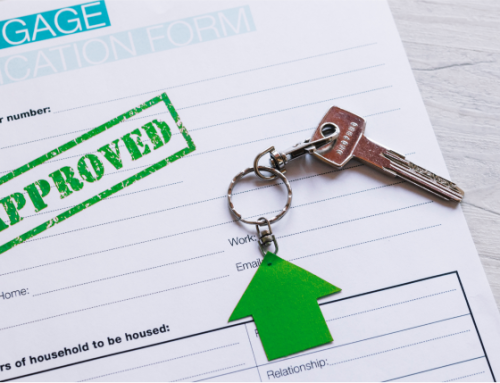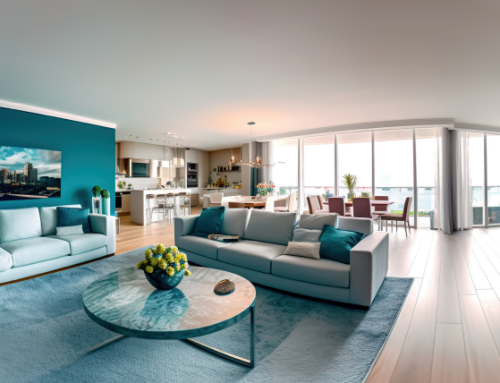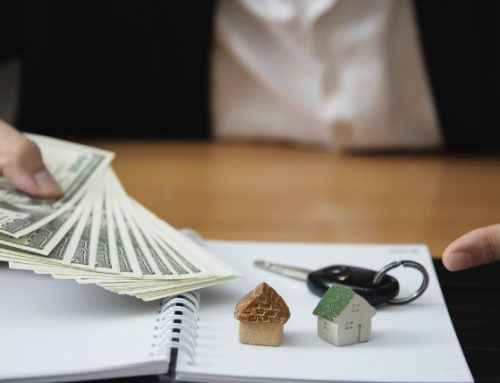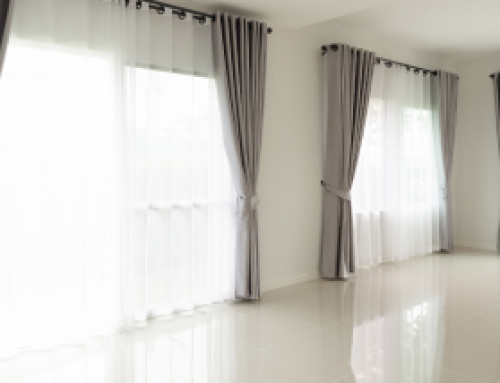Maharashtra Flat Owners to Soon Receive Vertical Property Cards
Homeowners in Maharashtra are set to receive new vertical property cards that will become the dominant document for property ownership. Whether you have a 2 BHK property in Thane or a luxury 3 BHK apartment in Mulund, you are soon to receive this card. The proposal has been in the works since 2019 when the State Government of Maharashtra first issued it in an attempt to measure vertical real estate growth in the cities. This scheme is likely to go into effect soon if it is approved in July’s Assembly session.
Vertical Property Card Details
Currently, the state issues property cards for urban areas and 7/12 extracts for rural areas. These documents do not officially prove ownership of the individual who owns a flat or house on a particular plot of land. Instead, it defines the ownership of the individual or organisations that own the land. With cities like Mumbai offering mostly vertical housing options such as residential apartments in Thane, there is no official record of individual ownership of these flats.
The vertical property cards aim to rectify this by maintaining a separate record of each individual flat and its ownership. This card will include relevant details such as the owner’s details, property name, carpet area, house number, bank loan details, and more. Thus, whether you own a luxury 2 BHK apartment in Mulund or an affordable 1 BHK in Thane, you will be issued a vertical property card.
The rollout is expected to be conducted in a phased manner for all flat owners starting with housing projects registered with Maharashtra Real Estate Regulatory Authority (Maha-RERA).
Need for Vertical Property Cards
1. Maintain Clean Legal Records
The Maharashtra Government has currently issued a whopping 56 lakhs of property cards for plots in urban areas and about 2.5 crores 7/12 extracts in the rural belt. These records reflect the ownership details of the plot but not of the flats or apartments in each plot. The vertical property card will rectify this gap which is particularly important in cities like Mumbai which are known for their high-rise buildings.
2. Establish Individual Ownership
At present, individuals living in apartments have no official document for ownership. The new vertical property card will resolve this by issuing each flat a separate card that will have the owner’s details, flat number, property name, bank loan details and other details that will clearly highlight each flat owner’s property rights.
3. Reduce Real Estate Fraud
Buying and selling real estate can be risky without the presence of such details. The vertical property cards will help protect the interests of buyers and sellers, showcase clear ownership rights, allow for accurate tax charges to flat owners, and reduce property fraud. It is also recommended to opt for trusted developers such as Ace Realty, known for their ethical real estate practices.
Conclusion
The vertical property cards will help portray an accurate representation of the vertical growth in urban and rural Maharashtra. Post their issuance, they will become the number one property ownership document in the state.

